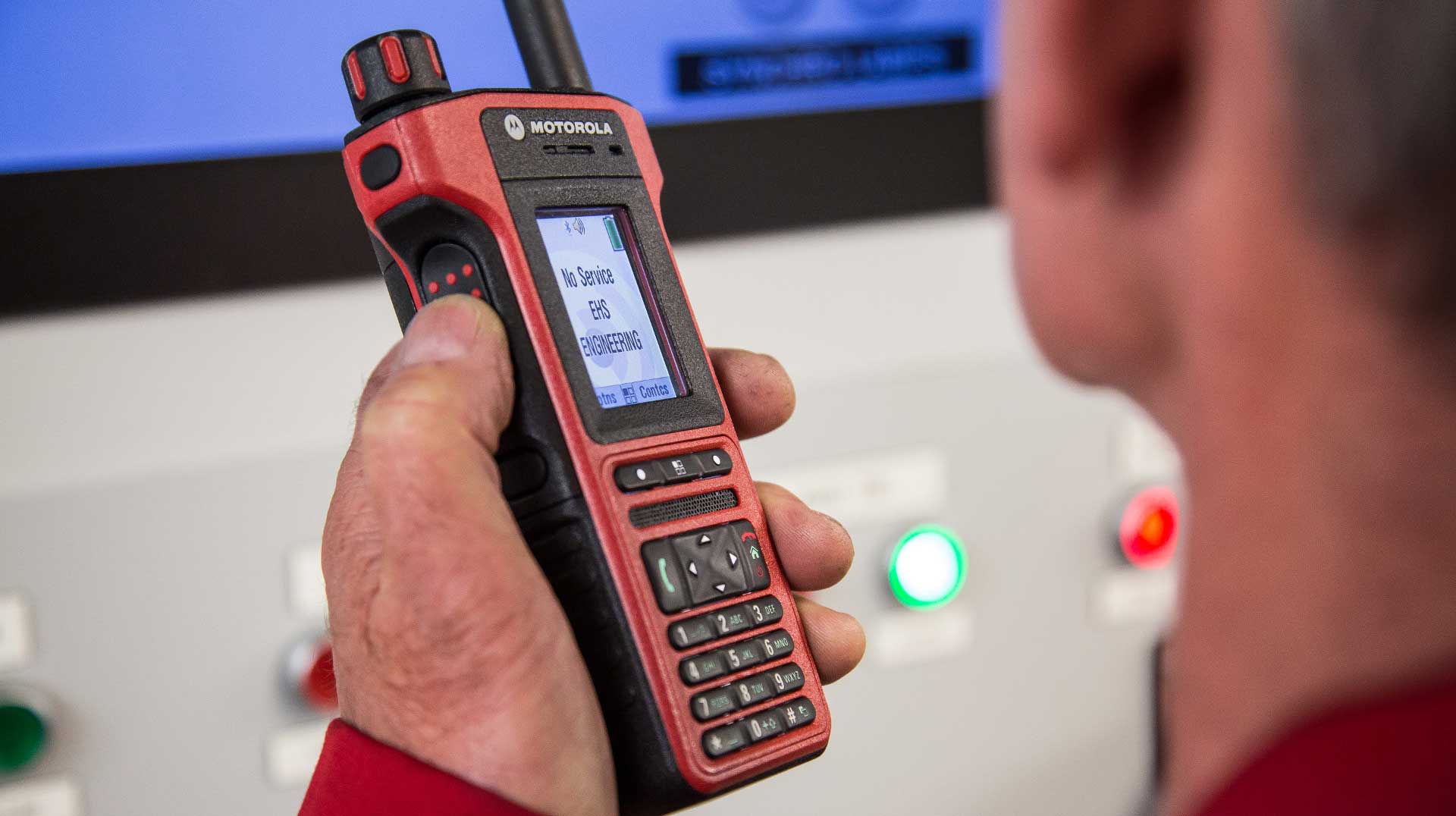The 6th W – What Now?
As early as elementary school, we learn that there are “five Ws” central to information gathering, problem solving, and understanding the context of a situation. These five Ws are: who, what, when, where, why (with ‘how’ sometimes being included). In law enforcement, these questions form a foundational backbone for much of the data with which we work.
We may not have an answer to every single one of these questions for every incident that occurs. However, for each one of those incidents, we undoubtedly have answers to some portion of these questions. Examples of this information include:
Who: victim, offender, witness
What: crime type, weapon
When: time of day, day of week, seasonality
Where: address, location type
Why: motive, domestic nature, gang conflict
On their own, each of these answers are data points that work together and get assembled to solve a larger puzzle. Law enforcement agencies have millions of data points at their disposal. As an intelligence analyst, my primary purpose was to examine these data points to find patterns, trends or investigative leads. While a trend or link may emerge, that is still just information: a robbery series in a four-block radius; a particular model of car being stolen. Enter, the 6th W: What Now?
Bolstering the foundational five questions with the addition of ‘What Now?’ is the key to making disparate data points and scattered information into a plan that an agency can put into action. This extra step can guide operational decisions such as data-driven deployments and resource allocation. It also gives agencies the ability to change their patrol decisions from reactive to proactive ones, backed by data. If agencies challenge themselves to ask this additional question, they can start to transform their approach from working with their data to making their data work for them.
Consider a situation where an analyst discovers a robbery hotspot for the past month using GIS and analytics tools. Instead of handing that hotspot map off to patrol with little context, ask ‘What Now?’ and hand patrol the following: specific boundaries for the hotspot, the peak hours during which that area should be patrolled, and suspect or vehicle information described across multiple case reports. The general problem of a robbery hotspot has immediately transformed into something usable — this is the shift I am pushing you to make at your agency.
Continuing to shift the way we think about data, my next post will highlight the difference between information and intelligence, and how this separation can be the key in making data something agencies can use instead of simply something they have at their disposal.
Discover more resources as well as information on how you can unlock the power of your public safety data here.




